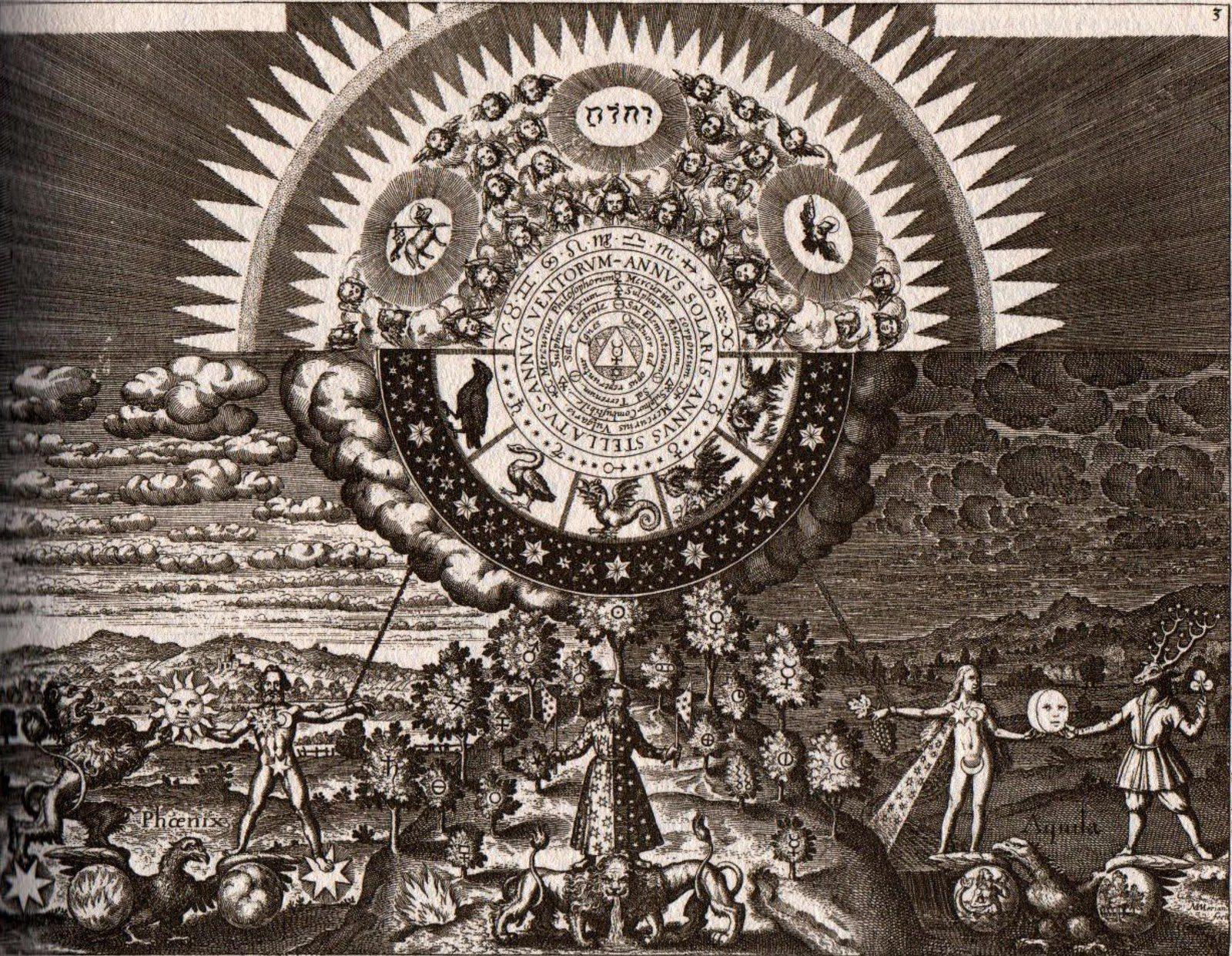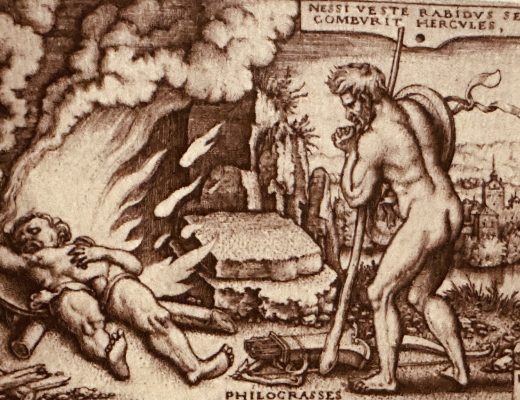The Hermetic mystery tradition, a cornerstone of Western esoteric thought and deeply rooted in the ancient Egypt mystery schools, offers timeless wisdom that continues to fascinate scholars, spiritual seekers, and the curious alike. This ancient tradition, attributed to the teachings of Hermes Trismegistus, is a blend of philosophical, mystical, and magical teachings that have influenced everything from Renaissance art to modern occult practices. In this comprehensive guide, we’ll explore the depths of the Hermetic mystery tradition, uncovering its principles, historical significance, and enduring legacy.
The Foundations of Hermetic Philosophy
The Hermetic tradition is rooted in a series of texts known as the Hermetica, attributed to the legendary figure Hermes Trismegistus. These texts encompass a wide range of subjects, including philosophy, astrology, alchemy, and theology. Central to Hermetic philosophy is the concept of the microcosm and macrocosm — the idea that the universe is mirrored in the individual and that understanding one can lead to insights into the other.
Historical Journey of the Hermetic Tradition
The origins of the Hermetic tradition date back to antiquity, blending Egyptian religious ideas with Greek philosophical thought. During the Renaissance, this ancient wisdom was rediscovered, leading to a revival of Hermeticism that influenced many areas of European culture, from science to the arts. Figures such as Marsilio Ficino and Giordano Bruno played key roles in its resurgence, integrating Hermetic ideas into their work and laying the groundwork for the modern mystical and occult traditions.
Key Teachings and Practices
At the heart of the Hermetic mystery tradition are principles that aim to elevate the human spirit and unlock the secrets of the universe. These include the 7 Hermetic principles of mentalism, correspondence, vibration, polarity, rhythm, cause and effect, and gender. Practices such as meditation, ritual, and the study of nature are used to align with these principles and achieve spiritual enlightenment and transformation.
The Legacy of the Hermetic Tradition
At the heart of the Hermetic mystery tradition are principles that aim to elevate the human spirit and unlock the secrets of the universe. These include the principles of mentalism, correspondence, vibration, polarity, rhythm, cause and effect, and gender. Practices such as meditation, ritual, and the study of nature are used to align with these principles and achieve spiritual enlightenment and transformation.
Embracing Hermetic Wisdom in the Modern World
At the heart of the Hermetic mystery tradition are principles that aim to elevate the human spirit and unlock the secrets of the universe. These include the principles of mentalism, correspondence, vibration, polarity, rhythm, cause and effect, and gender. Practices such as meditation, ritual, and the study of nature are used to align with these principles and achieve spiritual enlightenment and transformation.




